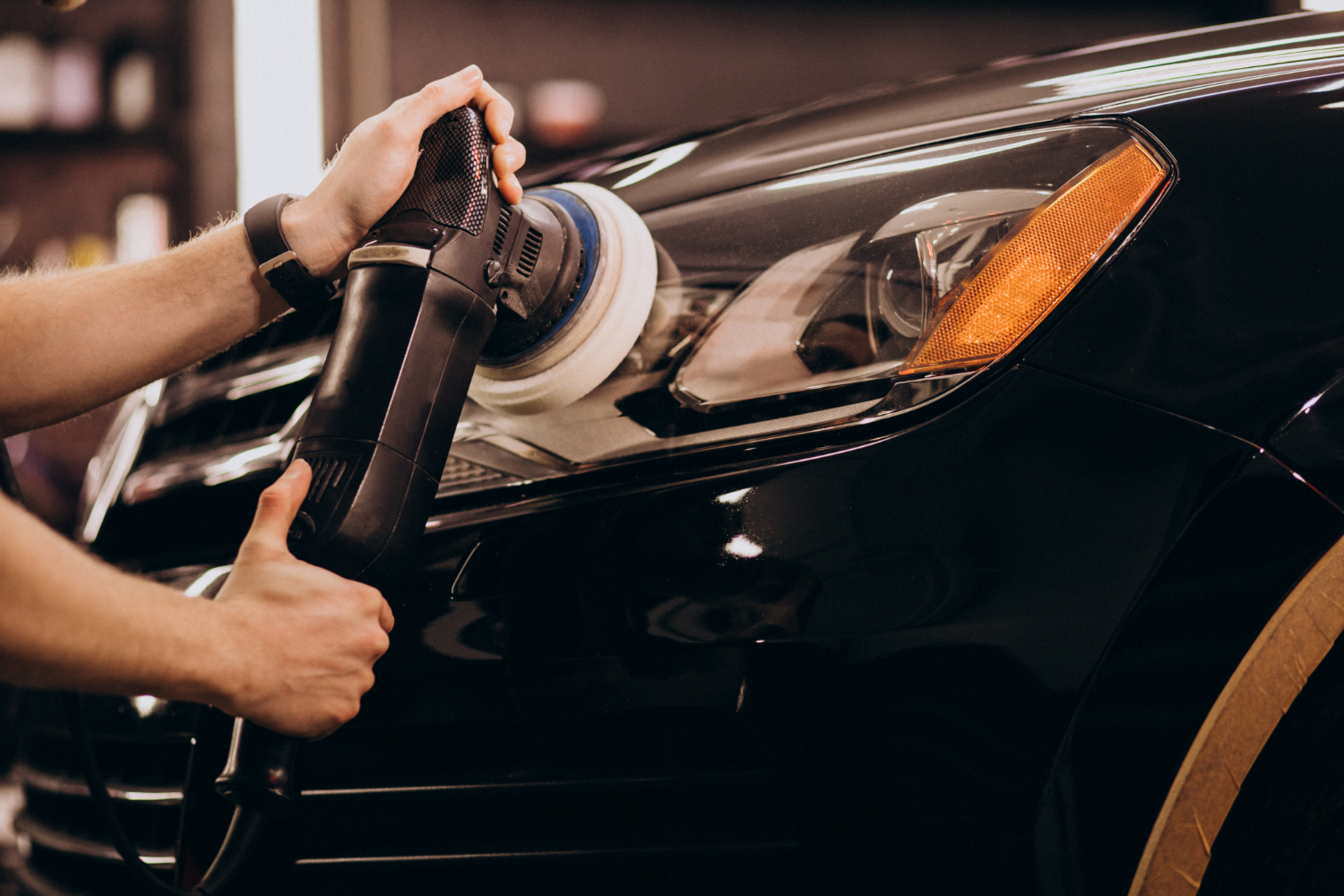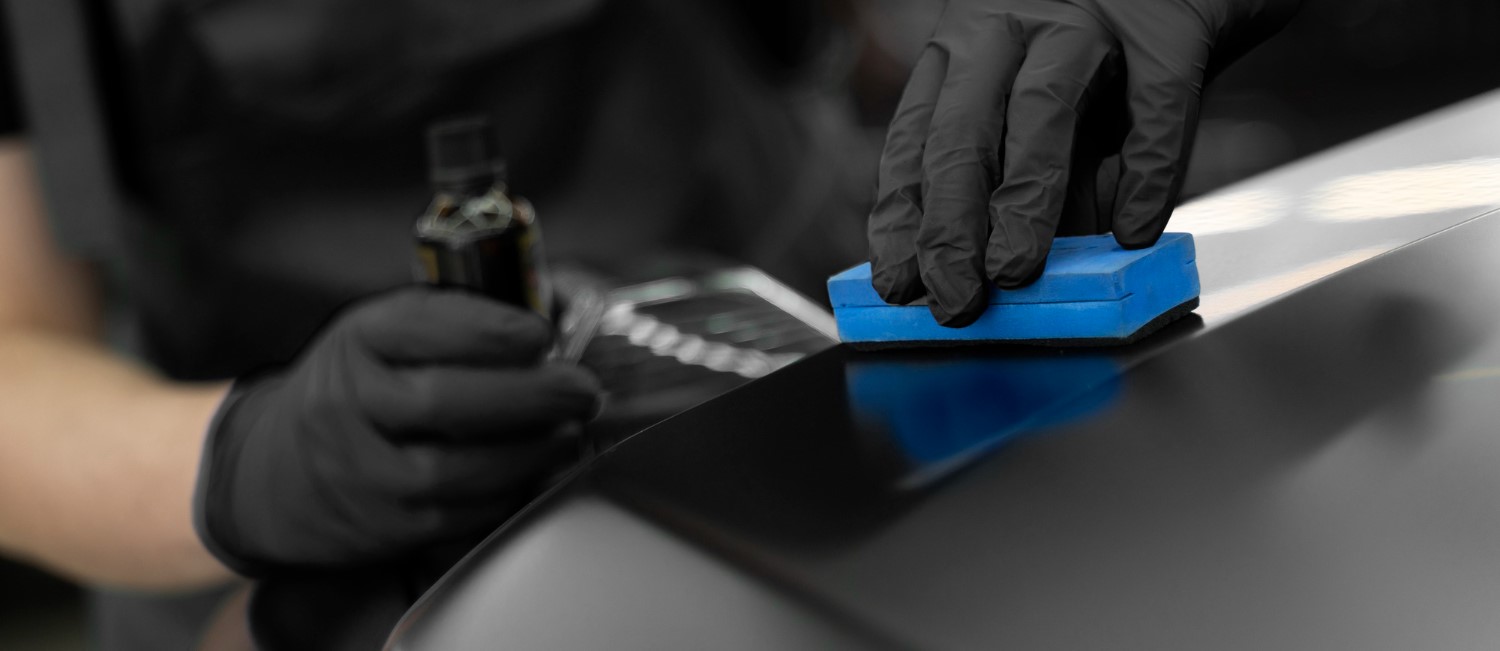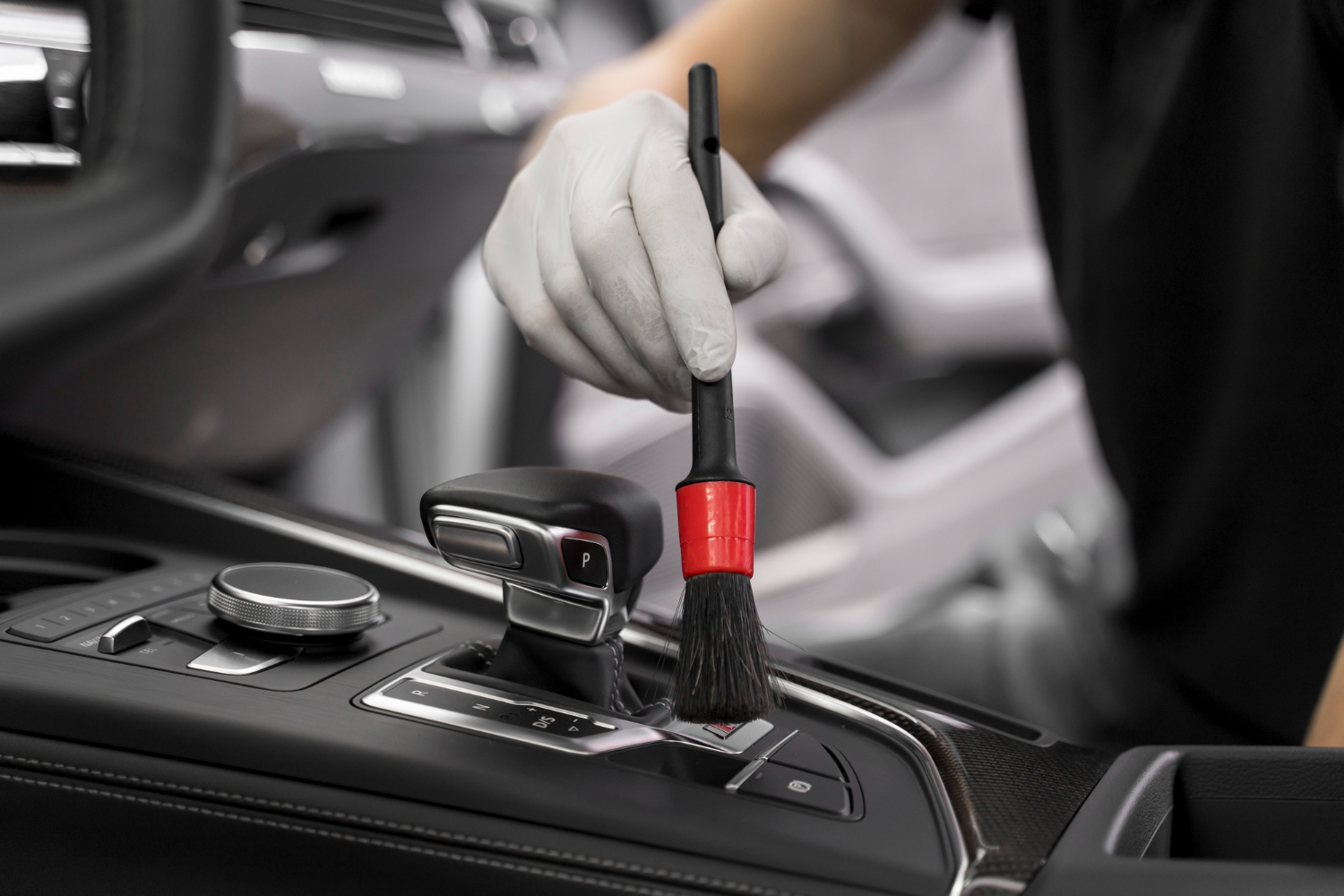How to Clean Car Seats: Tips for Stains, Dirt, and Odors
Maintaining clean car seats enhances your driving experience and preserves your vehicle's value over time. While a trusted auto detailing team can provide professional results for deeply soiled interiors, regular maintenance between professional cleanings is essential for keeping your car's cabin fresh and inviting. This guide offers practical advice for addressing common issues like stains, accumulated dirt, and lingering odors, helping you maintain your car's interior regardless of what type of upholstery you have.
Preparing Your Car Seats
Before cleaning your car seats, gather all necessary supplies such as a vacuum cleaner, upholstery cleaner, microfiber cloths, and a soft-bristled brush. Start by removing any large debris or loose dirt from the seats using the vacuum cleaner with a brush attachment. Pay close attention to crevices and seams where dirt tends to accumulate. Next, gently apply the upholstery cleaner following the manufacturer's instructions, using a clean microfiber cloth to scrub the seats in circular motions. For stubborn stains, use a soft-bristled brush to work the cleaner into the fabric. Finally, allow the seats to dry completely before reassembling your car. This meticulous approach will ensure a thorough cleaning and leave your car seats fresh and well-maintained.
Choosing the Right Cleaning Products
Choosing the right cleaning products is crucial in preserving the cleanliness and appearance of your car seats. When selecting products, consider the material of your car seats. Opt for a mild upholstery cleaner for fabric seats that won't damage the fibers. Leather seats require a specialized cleaner and conditioner to maintain their luxurious look and feel. Vinyl seats can be cleaned with a gentle all-purpose cleaner. Always check the product labels to ensure they suit your seat material. Furthermore, choose products specifically formulated for automotive use to ensure compatibility and effectiveness. Investing in high-quality cleaning products tailored to your car seats will help you achieve professional results and prolong the lifespan of your seats.
Removing Stains and Spills
When tackling stains and spills on your car seats, it's important to approach the cleaning process carefully to ensure effective removal without causing damage to the material. Begin by identifying the type of stain to choose the appropriate cleaning method. For water-based stains like coffee or juice, blot the area with a mixture of water and mild detergent. Grease stains require a degreaser, while ink stains need rubbing alcohol. Apply the cleaning solution to a microfiber cloth, gently dab the stain, and avoid rubbing vigorously to prevent spreading. Allow the solution to sit for a few minutes before blotting with a clean, damp cloth. Repeat the process if necessary until the stain is completely removed.
Tackling Dirt and Grime
To effectively address dirt and grime on your car seats, vacuum the surface to remove loose particles and debris. Use a vacuum cleaner with a brush attachment to thoroughly clean crevices and seams. After vacuuming, mix a solution of mild detergent and water. Test it on a small, inconspicuous area first to verify colorfastness. Dip a soft-bristled brush into the solution and gently scrub the dirty areas. Be cautious not to oversaturate the fabric. Wipe the seats with a clean, damp cloth to eliminate excess soap residue. Allow the seats to air dry completely before using your vehicle. Regular maintenance and prompt cleaning of dirt and grime will help maintain the appearance and longevity of your car seats.
Banishing Lingering Odors
Remove persistent odors from your car seats by employing effective cleaning techniques and odor-eradicating products specially formulated for automotive upholstery. Start by thoroughly vacuuming the seats to eliminate any debris triggering the odor. Then, address any visible stains by spot cleaning with a mild upholstery cleaner. To deal with lingering smells, utilize a specialized automotive upholstery cleaner that includes enzymes to break down odor-causing particles. Apply the cleaner generously, following the manufacturer's guidelines, and allow it to sit for the recommended duration to penetrate the fabric. Subsequently, use a clean cloth to remove any excess cleaner and moisture. Conclude by letting the seats air dry thoroughly with windows open to eliminate all odors.
Related Topics:
.png)



